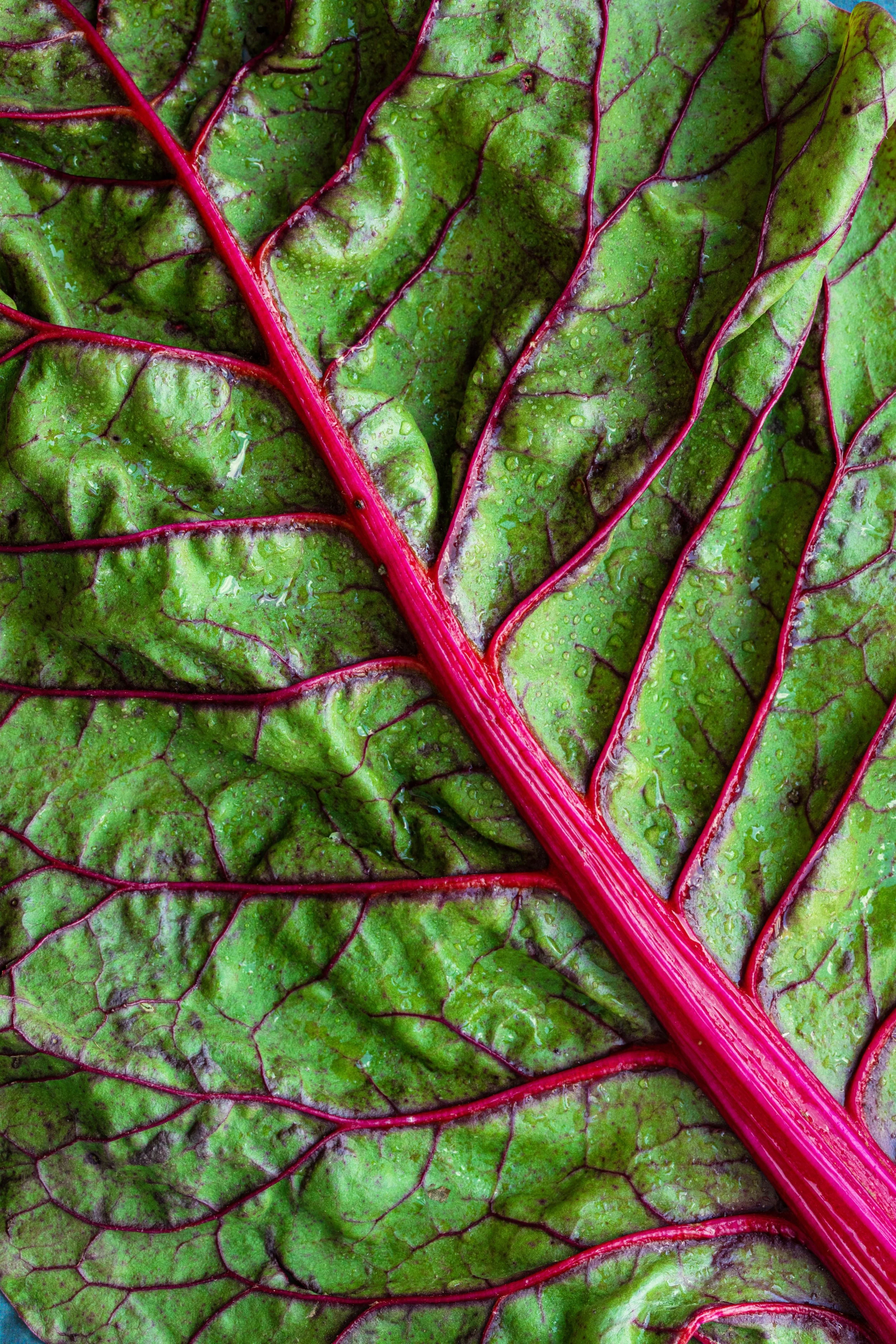what are plant varieties?
UNLOCK THE POWER OF PLANT DIVERSITY
Our approach to nutrition
Plant VARIETIES: UNLOCK THE POWER OF PLANT DIVERSITY
Thirty is the new five. Upping your plant count to hit 30 a week is easier than you think and research* suggests it can improve your gut health, immune system and mood.
First things first,
What is a plant variety?
Plant varieties is a simple way to tally plant ingredients as you work towards 30 a week. And it’s not just fruit and veg that count - a plant ingredient is defined as any variety of plant, so anything that is grown naturally! This includes seeds, nuts, herbs, spices, grains, pulses, fruit and veg - ingredients we use in abundance in our meals.
Thirty is the new five. Upping your plant count to hit 30 a week is easier than you think and research* suggests it can improve your gut health, immune system and mood.
First things first,
What are plant varieties?
Plant varieties is a simple way to tally plant ingredients as you work towards 30 a week. And it’s not just fruit and veg that count - a plant ingredient is defined as any variety of plant, so anything that is grown naturally! This includes seeds, nuts, herbs, spices, grains, pulses, fruit and veg - ingredients we use in abundance in our meals.

Grains + pulses =
1 point
Weekly total to aim for = 30+ PLANT VARIETIES
Herbs + spices =
1/4 point
how do ingredients tally?
It’s pretty simple to quickly add up your plant varieties for a meal - each type of plant on your plate contributes one plant variety, with herbs, spices, tea and coffee also adding 1/4 point each. The goal is variety over quantity, so a bigger serving of one plant is still just one point, but two varieties (such as brown rice and wild rice) counts as 2 points.
Fruit + veg =
1 point
Nuts + seeds =
1 point

how do ingredients tally?
It’s pretty simple to quickly add up the plant varieties in your meals - each type of plant on your plate contributes one point, with herbs and spices also adding 1/4 point each. The goal is variety over quantity, so a bigger serving of one plant is still just one point, but two varieties (such as brown rice and wild rice) counts as 2 points.
Fruit + veg =
1 point
Grains + pulses =
1 point
Nuts + seeds =
1 point
Herbs + spices =
1/4 point
Weekly total to aim for = 30+ points
Why plant varieties?
It’s all in the name of gut health! Sure, the classic 5-a-day is a good start, but to truly support your gut's 40 trillion microbes, variety is a must! That's why experts recommend the magic number: 30 different plants weekly. But where did this number come from? Research from the American Gut Project and British Gut Project reveals that those eating 30+ different plants a week had more diverse gut microbiomes than those with less variety in their diets.
THE HEALTH BENEFITS:
By nurturing your gut with a variety of plant foods, you're setting your body up to truly feel its best, and work at its best. This can then lead to:
Balanced
blood sugar
Improved
immune function
Enhanced
brain health
Hormone
regulation
Vitamin
production
A happy
gut
Putting it into practice:
How to calculate
plant varieties
We calculate plant varieties for all of our meals, and include it as a key goal when developing our recipes. Here’s a quick breakdown of how we count:
MEZZE HOUMOUS + RAINBOW VEG GRAIN BOWL - WHAT COUNTS?
1 point:
Quinoa, chickpeas, nigella seeds, red chilli, garlic, tahini, roasted sweet potato, pickled cabbage, green chilli, cucumber + rocket
¼ point:
Paprika, black pepper, coriander, fennel seeds, caraway seeds, cayenne pepper, parsley + cumin
0 points:
Sea salt, rapeseed oil, lemon juice, apple cider vinegar + cornflour
Why plant varieties?
It’s all in the name of gut health! Sure, the classic 5-a-day is a good start, but to truly support your gut's 40 trillion microbes, variety is a must! That's why experts recommend the magic number: 30 different plants weekly. But where did this number come from? Research from the American Gut Project and British Gut Project reveals that those eating 30+ different plants a week had more diverse gut microbiomes than those with less variety in their diets.
THE HEALTH BENEFITS:
By nurturing your gut with a variety of plant foods, you're setting your body up to truly feel its best, and work at its best. This can then lead to:
Enhanced
brain health
Improved
immune function
Balanced
blood sugar
How to calculate
plant varieties
Putting it into practice:
Vitamin
production
Hormone
regulation
A happy
gut
We calculate plant varieties for all of our meals, and include it as a key goal when developing our recipes. Here’s a quick breakdown of how we count:
MEZZE GRAIN BOWL
- WHAT COUNTS?
1 point:
Quinoa, chickpeas, nigella seeds, red chilli, garlic, tahini, roasted sweet potato, pickled cabbage, green chilli, cucumber + rocket
¼ point:
Paprika, black pepper, coriander, fennel seeds, caraway seeds, cayenne pepper, parsley + cumin
0 points:
Sea salt, rapeseed oil, lemon juice, apple cider vinegar + cornflour












